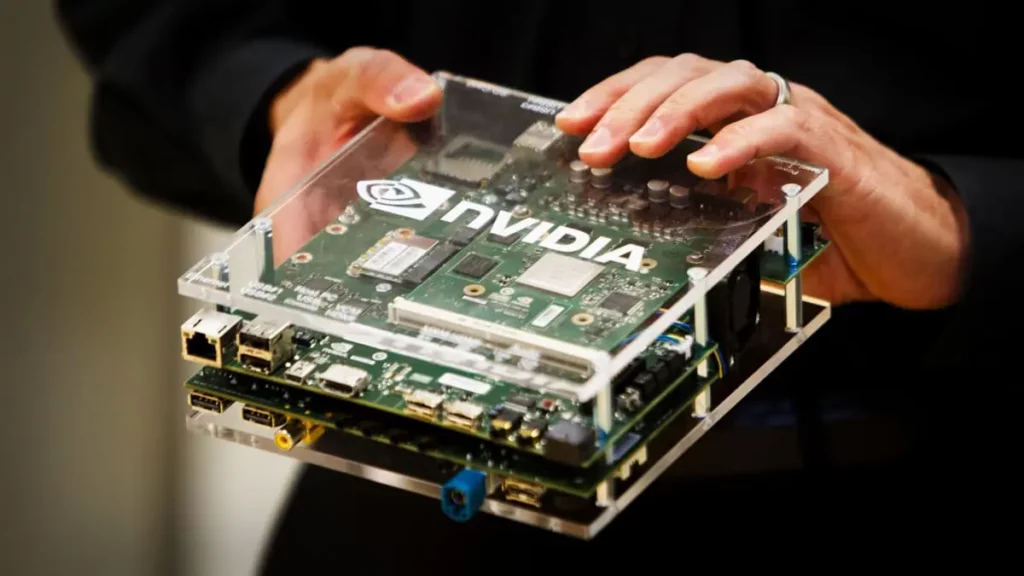Artificial Intelligence is reshaping the world as we know it. Many call it the fourth industrial revolution that will radically change our way of life. The possibilities are endless, from medicine to self-driving cars to AI-powered shopping assistance.
However, more critical thinkers draw attention to new challenges, cybersecurity being one of them. Here’s what Elon Musk has to say,
“I’m increasingly inclined to think that there should be some regulatory oversight, maybe at the national and international level, just to make sure that we don’t do something very foolish. I mean with artificial intelligence we’re summoning the demon.”
What worries Elon Musk is AI’s ability to learn without human interaction. Left on its own, we might as well prepare for Blade Runner dystopia, where replicants (AI-powered robots) play humans better than humans play themselves.
This sound critique of AI algorithms has a factual base in reality. AI-powered hacking tools are already out there, bypassing traditional Firewall filters. Cybersecurity experts work long hours to include Machine Learning in new sophisticated cybersecurity software.
However, it’s a cat-and-mouse game. As with all technology, criminals often take advantage of its early stages. Here’s how hackers simultaneously use AI to target businesses and regular Internet users.
In This Article
AI-Powered Phishing Scams
Phishing is one of the oldest and most effective hacking methods. It is predominantly spread via emails and exploits human error. The most notorious example is the Nigerian Prince scam. Who hasn’t received an email to help the poor royalty by transferring a solid amount of money?
These early scams were poorly crafted, usually starting with “Dear Sir or Madam.” Even then, such scams were a novelty and tricked many Internet users into surrendering their funds. On the other hand, more careful Netizens noticed incorrect spelling, lack of personal details, and inaccurate translations.
Right now, cybercriminals can use Google Translate to fix grammatical errors. This software uses an artificial neural network with deep learning capacities to maximize effectiveness. Hackers can easily translate their Phishing scam into several languages without much of an error.
Moreover, AI algorithms can detect and impersonate individual styles. Let’s say your company’s CFO is a fan of social media. They post their traveling experience on Facebook, share work achievements on LinkedIn, lecture on YouTube, and lip-sync on TikTok. What does an experienced cybercriminal make out of it?
A sophisticated AI software will determine their writing style, most commonly used words, emotional significance, etc. Deep Fake AI software will notice and correlate face movement and voice tone with language. An ML-powered text generator will include data from LinkedIn to improve context relevance.
The effect is nothing short of dangerous. An unfortunate bank employee in UAE transferred $35 million into a cybercriminal’s account after being targeted by a Deep Fake scam that impersonated their director.
The same threats apply to individuals. AI-powered Phishing letters are packed with personal information. Cybercriminals can set up the software to gather the information for months, scraping publicly available social network data to get the speech pattern. Then they send an email posing as an HR representative, that perfectly resembles their tone of voice. After an unsuspecting employee clicks on a link or downloads the attachment, they infect the device with more serious malware.
Data-Poisoning
As effective as it is, Phishing falls under the social engineering category. Fix the human error, and its efficiency decreases.
A more technologically advanced way to exploit AI for cybercrime is by data poisoning. Responsible business owners use sophisticated software to ensure a cohesive data protection system in their work environment.
What is otherwise a significant advantage may become a vulnerability point from AI’s perspective. A carefully developed Machine Learning algorithm will analyze such a security system to recognize patterns.
For example, marking the Firewall filter pattern will outline the criteria for intrusion. If your business uses AI-powered cybersecurity software, its hacking counterparts will know what it considers a safe code. It will then scramble the malware’s code to align with accepted rules and push its payload through.
Data-poisoning attacks often rely on having access to your cybersecurity software toolkit. Insider attacks are the most common way to get such information, however, they are not the only ones. Hackers can analyze its public versions without penetrating your corporate network if you’re public about your cybersecurity software.
It doesn’t mean you have to avoid advanced Artificial Intelligence cybersecurity programs. Once again, it’s a cat-and-mouse game. You have to be more prepared than the attacker. Using such applications is just as much about threat prediction.
The Future of AI Security
The debate about whether AI poses more dangers than it’s worth is ongoing. However, most likely, AI is here to stay. Technology is a genie in a bottle – once it’s out, everybody can make a few wishes.
Practice shows that, sooner or later, all technology is sufficiently secured. There’s no reason to think anything different will happen with AI. However, due to its enormous hacking capacities, it’s best to take it seriously and prepare beforehand for any upcoming dangers.




